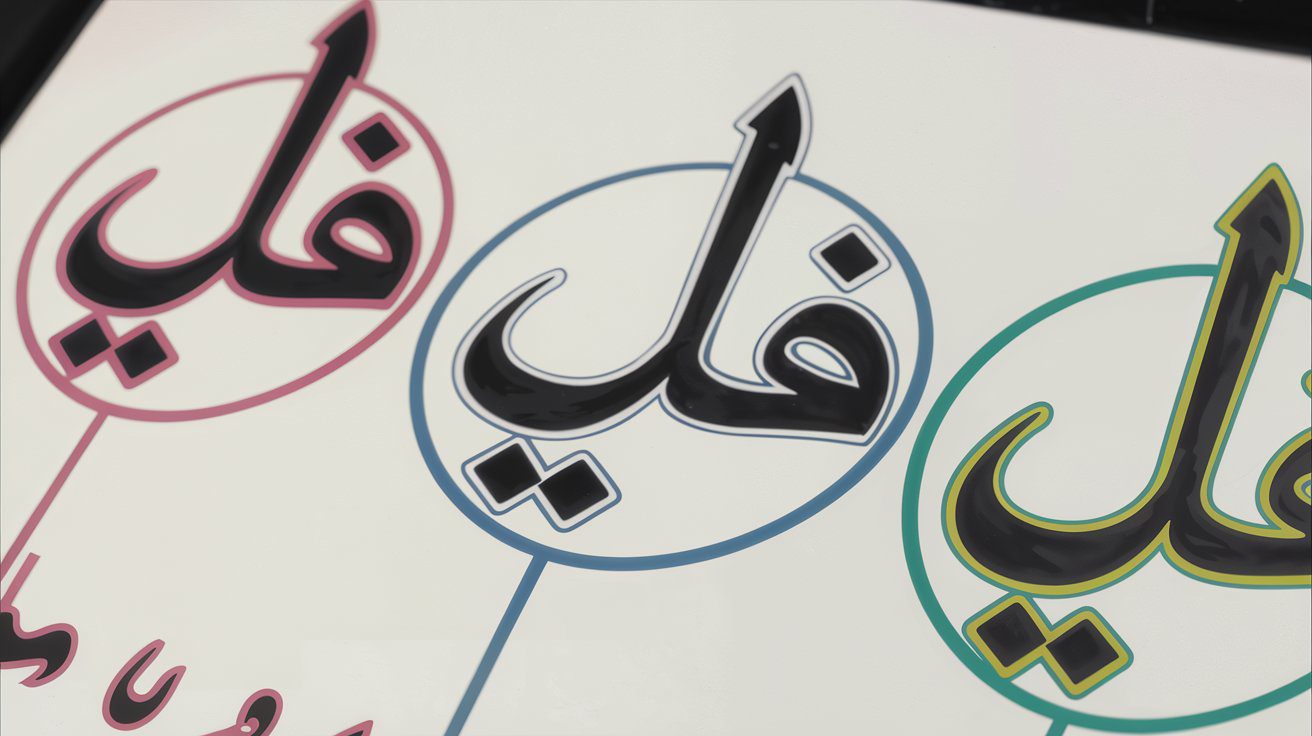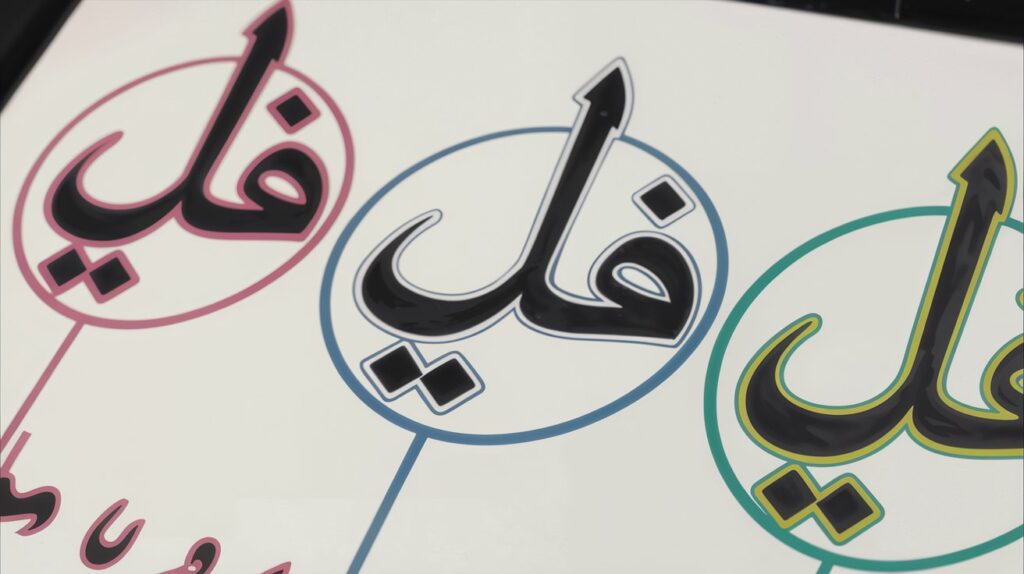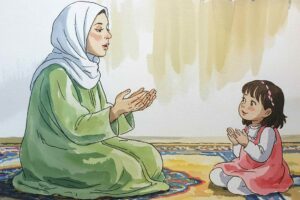
Arabic word retention: The Brain Science Behind Coloring
✨ Introduction:
Did you know that something as simple as coloring can boost your child’s Arabic word retention?
At Roots Muslim School, we’ve seen how children remember Arabic faster and more meaningfully when they connect words with color, images, and patterns. This blog explores the science behind it—and why coloring isn’t just playtime, but a powerful tool for Arabic learning.

🧠 How the Brain Supports Arabic Word Retention
When children color a word, they’re not just being creative—they’re activating memory pathways in the brain. This is especially helpful in Arabic, where many words are derived from three-letter roots.
Research shows that repetition, visual input, and word association activate both the left and right hemispheres of the brain. For example, when a child colors the word rahmah (mercy), sees it, says it, and connects it with a visual symbol (like a heart), the brain stores it in long-term memory.
📚 Scientific Insight: Multisensory input—seeing, saying, and doing—can increase memory retention by up to 50%.
🎨 Coloring Helps Non-Native Speakers Bridge the Gap
For children raised in English-speaking environments, Arabic can feel intimidating at first. But coloring breaks down that barrier by offering a friendly, low-pressure way to interact with new vocabulary.
At Roots, our Arabic learning approach uses visuals that match the word’s meaning—like drawing a sun for shams or a book for kitaab. This helps young learners build strong mental associations between Arabic sounds and everyday objects.
💬 “When I color the word, I feel it,” one student said during class. That feeling builds confidence, not just memory.
🌱 Root-Based Grouping Supports Long-Term Retention
Here’s what makes Arabic unique: Most words come from root systems. Take the root K-T-B, which gives us kitaab (book), kaatib (writer), and maktab (desk).
Coloring one of these words, then exploring its related forms, reinforces pattern recognition in the brain—a key driver for vocabulary expansion and retention.
🧠 Why It Works: When the brain spots patterns, it naturally stores information more efficiently. Kids start understanding how words are formed—not just memorizing them.
🎨 Coloring Activates the Whole Brain
Coloring engages the creative right brain, while language is processed in the analytical left brain. When both sides are stimulated at once—like when a child colors while repeating an Arabic word—neural connections are stronger and faster.
That’s why activities like coloring support Arabic word retention much more than passive reading or rote memorization alone. Children start associating positive feelings with learning—curiosity, pride, and even fun.
💡 Tip: After your child colors a word, ask them to use it in a sentence or find something in the room that matches it.

🧠 Routine Repetition Builds Lasting Knowledge
Coloring a word once is helpful—but revisiting similar roots and concepts regularly is what locks in the vocabulary. A simple daily habit of revisiting an Arabic word through drawing, writing, or retelling builds language fluency over time.
This also gives parents and teachers a chance to review pronunciation, add context, and ask open-ended questions:
- “Where have you seen this word before?”
- “Can you think of another word with the same sound?”
- “What color matches how this word feels to you?”
These small interactions support emotional memory, and with it—stronger Arabic word retention.
📢 Final Thoughts
Coloring isn’t just about crayons and fun. It’s a brain-smart strategy that helps children—especially non-native Arabic speakers—remember, understand, and love Arabic words.
By activating multiple senses and using root-based learning, kids move from memorizing to meaning—and that’s where real language growth happens.
At Roots Muslim School, we blend the power of creative expression with purposeful Arabic instruction—so children can grow confident in both language and identity.


